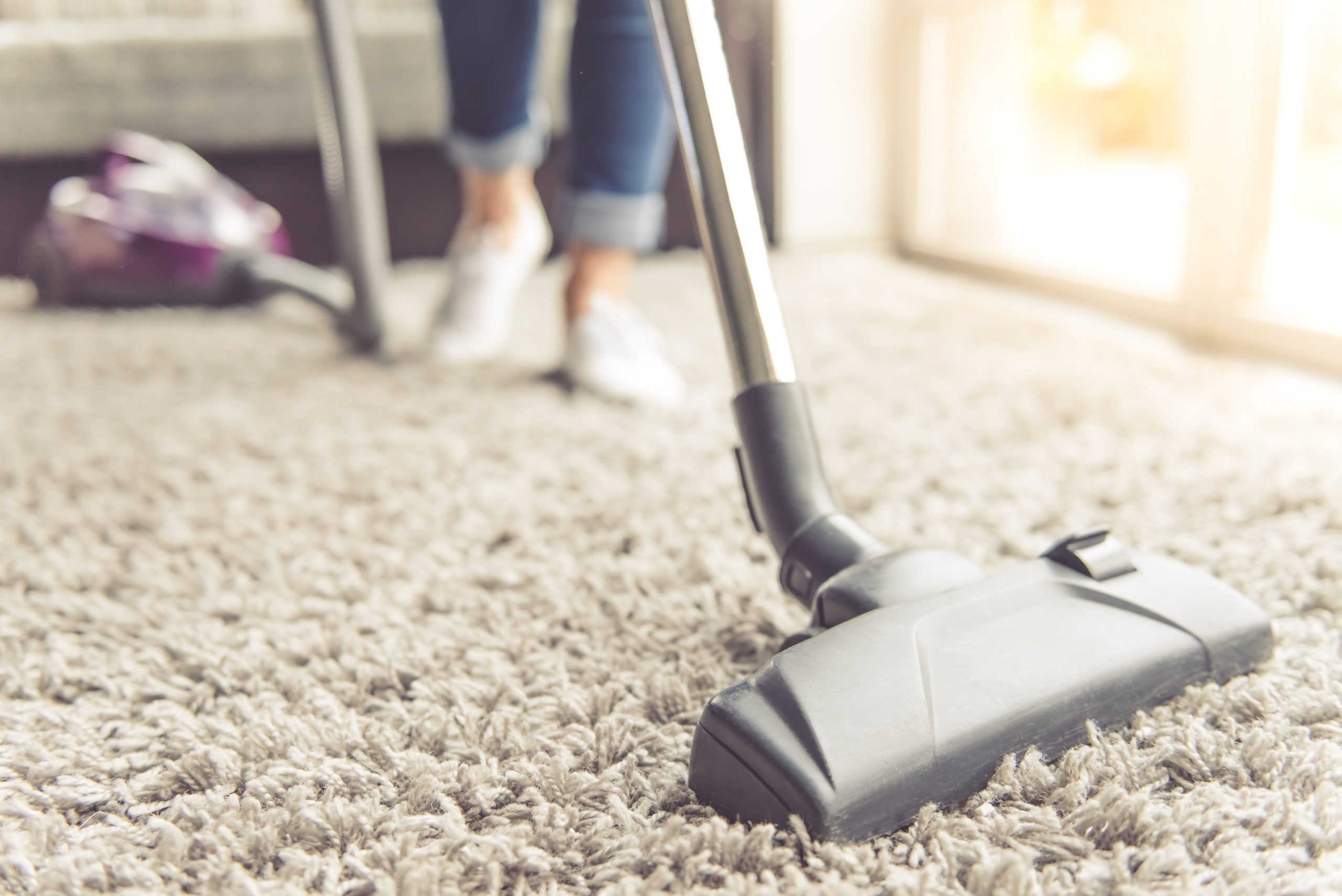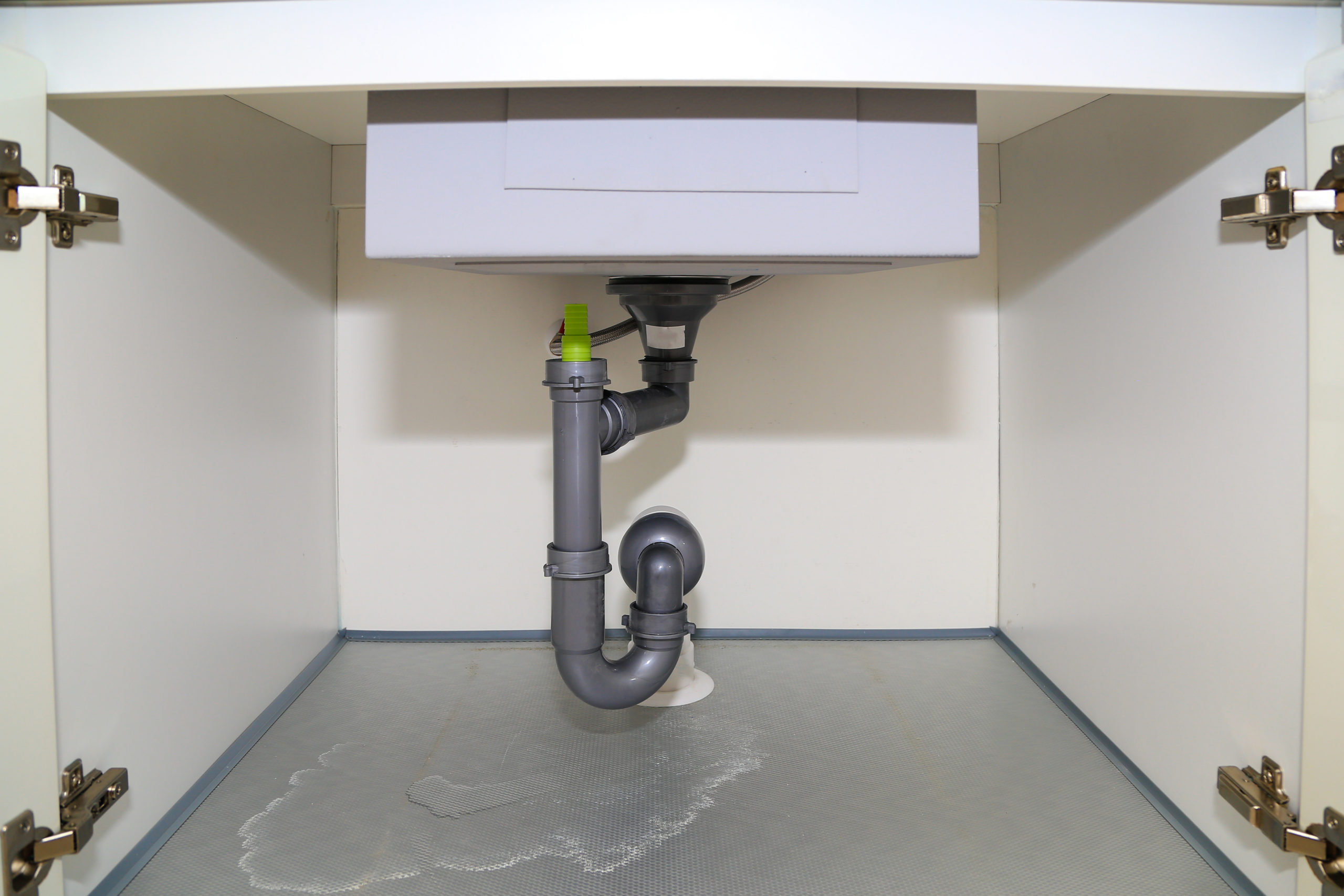How to Prepare Your Home for Pest Control Services
How to Prepare Your Home for Pest Control Services
While it is exciting to have a knowledgable pest control technician visit your home to solve your pest problems, there can be a level of questioning in terms of the preparation. Is there anything you should do to prepare the soon-to-be-treated areas of the home? And how can you make sure that you’ve done everything you can to help the treatments actually target every pest in the house? Reliable pest control technicians will work with the layout of your home and the items in it, but there are some tasks and quick chores you can do before the appointment in order to make the process go more smoothly and give you the most bang for your buck in the pest control world. These are not necessarily required to do before the service, but they can save time and make it easier for the technician to focus on the pest problems at hand.
Prepare the Specific Area of the Home

If the interior of your home is being treated at all, it can be helpful to prepare the specific area before the appointment. By removing any obstacles and doing a quick clean of the room first, it gives the tech room to work and get the treatments as close to the specific problem as possible. You don’t have to do a deep cleaning of every part of the room, but just spending a few minutes making the room as tidy as possible makes a huge difference. Plus, keeping objects put away ensures that there won’t be any residue from the treatments on them. Just because the products are eco-friendly does not necessarily mean you want the spray on items that don’t need treatment.
Here are a few ideas for some specific ideas in different rooms:
Kitchen
- Clean dirty dishes in the sink – wash them and put away or place them in the dishwasher
- Keep all food sealed and put away – keep food in the pantry, fridge, or freezer
- Take out the trash – make sure it is not overflowing before the service to make the area as clean as possible
- Put any countertop kitchen tools away – place any spatulas, pots/pans, and other cooking tools in a drawer or cabinet to keep clean from the treatments
Living Room
- Vacuum or clean the floors – this allows the treatments to work on the problem areas and not be diluted with debris
- Move large furniture away from walls (if necessary) – if the walls and corners need to be treated, push any large furniture a few inches away from the wall so the treatments can reach
- Eliminate clutter – put any toys, projects, and papers away to give room for the service
Bedroom
- Make the bed – we also recommend changing the sheets afterward, just to make sure there aren’t any pests or treatments in them
- Remove clutter – put any strewn books, toys, dirty laundry, and pet belongings somewhere that the technician does not need to service
- Put clothes away – place any dirty laundry in the hamper/laundry basket, and put clean clothes away
- Remove pets from the area – keep any pets in another room or in the yard, and move their bed or any other belongings to give room for the treatment
Bathroom
- Remove clutter – put any clothing away; remove any products or towels that could be obstacles
- Clean off the countertop – put any products and decor away if the sink or counter needs to be treated
- Move products out from under the sink – if this space needs to be serviced, move any products out of the way
Garage
- Put vehicles outside – move any cars to the driveway to give the technician room to move around and inspect
- Keep pets out – keep any pets in the yard or another room of the house; put their food and water dishes in a different spot
If the house interior is not being serviced, good news: you don’t have to worry about most of these tasks! It is still a good idea to keep up with the basic pest-preventing chores – taking out the trash, cleaning countertops, keeping food sealed – any time of the year. This ensures that you do the basics to keep pests from finding your home to be an inviting place to be.
Remove Pets From the Treated Areas

This solves a couple of potential problems. Keeping any pets away from the areas that will be treated not only lets the technician focus on the tasks at hand, it also protects the pet from any immediate spray residue or other treatments. Many companies, including ours, only use eco-friendly products that do not leave harmful chemicals behind for pets, but it is still a good idea to keep pets contained while the treatment is happening. Plus, you don’t want your furry friends to accidentally compromise a treatment by sniffing it or walking through it too soon afterwards.
Try to keep pets in an area you know will not be treated that day. For example, if they are usually in the backyard and the yard will be treated, put them in the garage or another room while the service is happening, and vice versa. Also, remove their food and water dishes from the affected area to keep them uncontaminated. If it makes you feel better, you can also remove their bed, blanket, and/or any toys from the affected areas just to keep them away from the treatments. This also gives the pets something fun to focus on instead of the technician and their “scary” equipment! Give the applied treatments at least a few minutes before letting your pets back into the area, unless the technician specifies otherwise. We love your wonderful pets, so we just want to make sure they’re safe and happy during our services!
Do Basic Chores First

It may seem strange to do any kind of cleaning before the technician comes to spray product and leave baits, but it is actually more beneficial to do so. By cleaning the affected space before the service, it removes any crumbs, dust, and other particles that may get in the way of treatments and not allow the product to work properly. This does not have to be a deep cleaning, and we wouldn’t recommend that anyway since you will likely want to clean certain areas again later.
Here are some ideas for basic chores to do beforehand:
- Wipe down counters
- Vacuum carpets and rugs
- Do a quick clean of the tile or hardwood floors
- Take out the trash in the kitchen
- Wash dirty dishes or put them in the dishwasher
- Put any opened food or drinks away
Your technician should provide you with advice on how long to wait before cleaning interior areas that have been treated. It’s nice to have a clean home, but you don’t want to accidentally wipe away any treatments!
Remove Products Around Treated Plumbing

Since many pests love moisture, like cockroaches and silverfish, any kind of plumbing is a major appeal for them. The areas under sinks and around showers or bathtubs are main targets for pests like these. If you are getting any plumbing areas treated, we recommend removing any products that may be in the way beforehand. Remove any cleaning products, extra supplies, and towels from the space near the affected pipes. If your shower products are on a part of the shower or tub that needs to be inspected, place them in a cabinet. It’s the same story in the garage or anywhere else with pipes that have become pest hangout spots. Move any items away from the area until the service is over. You can also use this time to check for leaks, as this is a common draw for many pests. Your technician can point out any gaps or cracks that could be letting pests in, so it is a good idea to remove any products that may be in their way otherwise.
Keep Kids Busy

This one is heavily dependent on the age of your children and their interest level in pest control. Some technicians are great with kids and are happy to explain their services to them while informing you on what is being done. But even if the treatments are eco-friendly, it is still a good idea to keep young children away from the treated areas for a little bit. You don’t want them to accidentally track it through the house, and some sprays may affect them differently. Children with allergies or asthma may experience heightened symptoms if they are in the area of the spray while it is being applied. If it makes you feel more comfortable, you can take them to a friend or family member’s house beforehand so they aren’t home at all. But this usually isn’t necessary for the average service. As long as they are not directly near the technician while he or she is applying treatments, everything should be fine. You can even use this time to teach your children about the importance of pest control and why this person is doing all of these steps to keep bugs away. Who knows, they may even take up an interest in this field!
Prepare Any Questions and Concerns

If you take anything away from this list, this tip may be the most important. The pest control technicians are not at your house everyday, so they do not know every part of your pest story. Any caring technician will be happy to answer questions and address specific concerns during the service. In fact, it could really help them in their treatments and inspections. By voicing the specific pest issues and asking questions about pest habits or treatments, the tech will have a clearer idea of what to look for and the common pest problems at your home. It is also less stressful for you to have them prepared beforehand, so you’re not racking your brain for a good question later. There truly are no dumb questions when it comes to pest control, so ask anything that has come to mind since the last visit!
If you need a starting point for this one, just think of any kind of pest problem that has popped up since the last visit. It does not have to be a full-scale invasion to be considered a problem. It can be anything, from finding some spiders on the porch, to spotting a wasp nest in the eaves, to seeing a few too many ants marching on the driveway. The technician will find any current problems, but it will be helpful to learn about any issues that were present in the prior weeks. On that note, make sure to bring up any problem areas you have if the technician doesn’t know about them already. If you found a nest or pieces of a nest, pest droppings, or dead insects anywhere, make sure to tell the tech where you found them. General treatments and inspections are useful, but it’s even better to have your specific pest issues resolved!
Have Notes of Specific Pest Problems

This is another important step, and is more for the homes with major pest issues than the previous point. If you called for a specific infestation or pest sighting, it is very helpful to have all of the known details ready for the technician when they arrive. You don’t have to be an expert in this area or have all the answers, since that’s our job! But the more information you can provide on a pest problem, the more prepared the technician can be with specific treatments and products.
These are some of the most helpful details to note beforehand, if you can:
- Any space you saw the pests (the room, spot in the yard, specific wall or corner)
- What kind of pest you think it is (ants, stinging, spiders, roaches, etc.)
- When the pests were last seen or where they currently are
- How large the infestation is
- If the invasion spread to other areas
- If there are any strange behaviors you saw in the pests (aggravated, territorial, biting or stinging)
If you have the time, you may even be able to find the source of indoor pest invasions. Ants are one of the most famous trail-using pests, so following the line of ants can tell you where in the house they are entering. The technician will handle the thorough inspections and discerning treatments, but any information you can provide will make the process more efficient and productive in the long run.
Contact Green Pest Services for the Best Services!
Of course, if you do not already have pest control services scheduled, that is the most important step on this list. You do not need to have a current pest infestation to call pest control. In addition to responsive services, pest control technicians also complete preventative services. These treatments and inspections keep pests from invading in the first place, which is a huge money- and time-saver in the long run. Our experienced technicians are here to help with any kind of pest problem or concern you may have, and no question is too simple or too “out there” to be answered by us. Contact us for a free quote and to learn how we can give you the best pest control experience yet!
Citations
Lupo, L.J. (2022, January 15). How to prepare for pest control service. The Spruce. Available at https://www.thespruce.com/preparing-for-pest-control-service-2656214 (Accessed on September 26, 2022).
Wolfe, M. (2021, October 25). How to properly prepare for an exterminator visit to your home. 21 Oak. Available at https://www.21oak.com/home-maintenance/how-to-prepare-for-exterminator/ (Accessed on September 26, 2022).
Keep Pests Out of Your Holiday Gatherings
Keep Pests Out of Your Holiday Gatherings Keep Pests Out of Your Holiday Gatherings Summary: The holiday season is all about good food [...]
Cold Weather vs. Warm Weather Infestations: How Temperature Shapes Pest Activity
Cold Weather vs. Warm Weather Infestations: How Temperature Shapes Pest Activity Cold Weather vs. Warm Weather Infestations: How Temperature Shapes Pest Activity Summary: [...]
Garden Pests Do Not Hibernate Indoors – How They Attack Houseplants And What To Do
Garden Pests Do Not Hibernate Indoors – How They Attack Houseplants And What To Do Garden Pests Do Not Hibernate Indoors – How They Attack [...]
The Scariest Pests (And Why They Freak Us Out)
The Scariest Pests (And Why They Freak Us Out) The Scariest Pests (And Why They Freak Us Out) Summary: A practical, homeowner-friendly guide [...]
Favorite Foods of Rats and Mice
Favorite Foods of Rats and Mice Favorite Foods of Rats and Mice Summary: Rats and mice are surprisingly picky about what they eat—especially [...]
Where Do Spiders Like to Hide? A Locals’ Guide to Sneaky Spider Spots (and What to Do About Them)
Where Do Spiders Like to Hide? A Locals’ Guide to Sneaky Spider Spots (and What to Do About Them) Where Do Spiders Like to Hide? [...]

